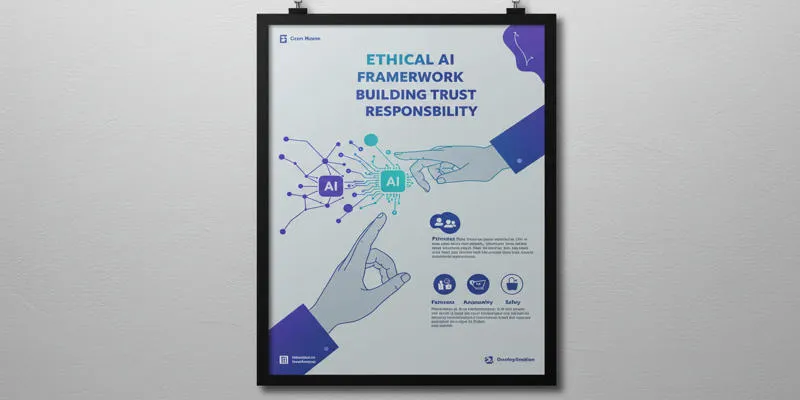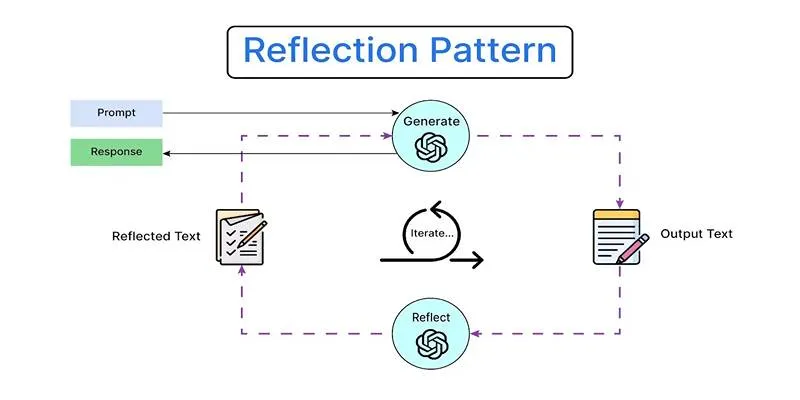Artificial Intelligence (AI) is revolutionizing sectors from healthcare to finance, influencing decisions that directly impact our lives. However, a significant challenge remains largely unnoticed by most users: the Black Box Problem. While AI systems make intricate decisions, understanding the underlying processes is often elusive.
This lack of transparency raises vital questions about trust, fairness, and accountability. As AI becomes more entwined with critical sectors, it’s imperative to solve the puzzle of understanding AI decisions. Without clarity on AI’s thought processes, we risk letting machines make choices that affect us in incomprehensible ways.
What is the Black Box Problem?
The Black Box Problem highlights a key challenge in AI decision-making. Unlike traditional software following predefined rules, modern AI, especially machine learning models, learns from vast datasets. These systems identify patterns and make connections that may not be immediately apparent. Deep learning algorithms, for instance, use complex layers of code that adapt and evolve with more data, increasing intelligence over time—albeit rendering decision- making opaque.
This flexibility strengthens AI but creates a dilemma: even the designers of these systems can’t always explain how conclusions are reached. Systems can analyze thousands of data points, discerning correlations that are challenging for humans to follow. This opacity is especially concerning when AI decisions impact human lives—like diagnosing diseases, predicting crime, or identifying fraud. Understanding AI decisions without transparency becomes daunting, even for professionals.
Why is Understanding AI Decisions Important?
Understanding AI decision-making is more than a technical issue—it’s essential for trust in systems that shape our lives. In sectors like healthcare, finance, and law enforcement, AI’s influence is profound. When people can’t fully grasp these systems, they are less likely to trust them, especially when making high-stakes decisions. Without transparency, AI can seem mysterious and unpredictable, leaving individuals uncertain about its impact on their lives.

Beyond trust, transparency ensures fairness and prevents harm. Imagine being denied a loan by an AI system without explanation. If the decision stems from biased data or flawed logic, it could perpetuate unfair discrimination unnoticed. This underscores the Black Box Problem as not just a technical issue but a pressing social concern.
As AI becomes integral to daily life, regulators are taking notice. New laws require AI systems to be explainable in clear, understandable terms. In this evolving landscape, understanding AI decisions is a necessity to ensure ethical, accountable AI development aligned with human values.
Approaches to Solving the Black Box Problem
Addressing the Black Box Problem is challenging, but several approaches are being explored to enhance AI transparency. One method is Explainable AI (XAI), focusing on developing systems that provide human-readable explanations for decisions. Instead of merely answering, these systems aim to show users why a particular decision was made.
Another approach involves using simpler models. While complex models offer high accuracy, they’re harder to explain. In some cases, developers opt for simpler algorithms that are more understandable, even if they sacrifice some accuracy.
Visualization tools are being developed to help researchers and users comprehend AI systems. These tools highlight which data inputs were crucial in decision-making. For example, in image recognition, a visualization tool might show which parts of an image the AI focused on when identifying an object.
Some companies are building auditing systems to keep records of AI decisions for later review, checking for errors or bias. This is a crucial step toward understanding AI decisions and ensuring system accountability.
The Future of Transparent AI Systems
The future of AI heavily relies on overcoming the Black Box Problem. As AI systems become more integrated into daily life, users will demand clarity and fairness in system operations. Trust will be built not just on accuracy but on transparency and accountability.

AI developers must focus on designing systems that balance performance and explainability. While it may not always be possible to fully elucidate every decision made by deep learning models, progress is being made toward better tools and methods, bringing us closer to understanding AI decisions.
In the years ahead, we can expect stricter regulations requiring clear explanations of AI models, pushing for higher ethical standards in AI design and data use. Companies leading in transparency will likely gain more user trust, setting a new industry standard.
Ultimately, the aim is to transform the “black box” into a “glass box”—a system where users can see how AI decisions are made, ensuring technology serves people fairly, honestly, and reliably.
Conclusion
The Black Box Problem in AI presents significant challenges in understanding AI system decisions. As AI becomes more integrated into everyday life, transparency and accountability must be prioritized. Solving this problem through Explainable AI and simpler, more transparent models is essential for building trust, ensuring fairness, and reducing bias. While fully understanding every AI decision may not be possible, progress is being made to make these systems more transparent. The future of AI depends on bridging this gap, allowing users to feel confident that AI decisions are both fair and understandable.
 zfn9
zfn9






















